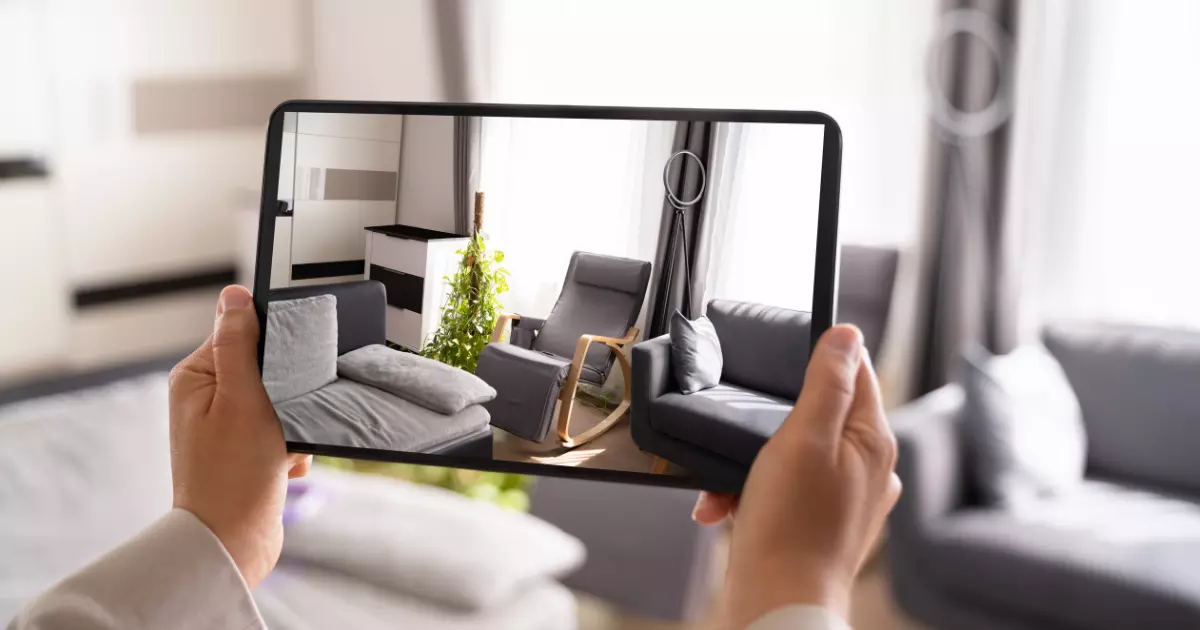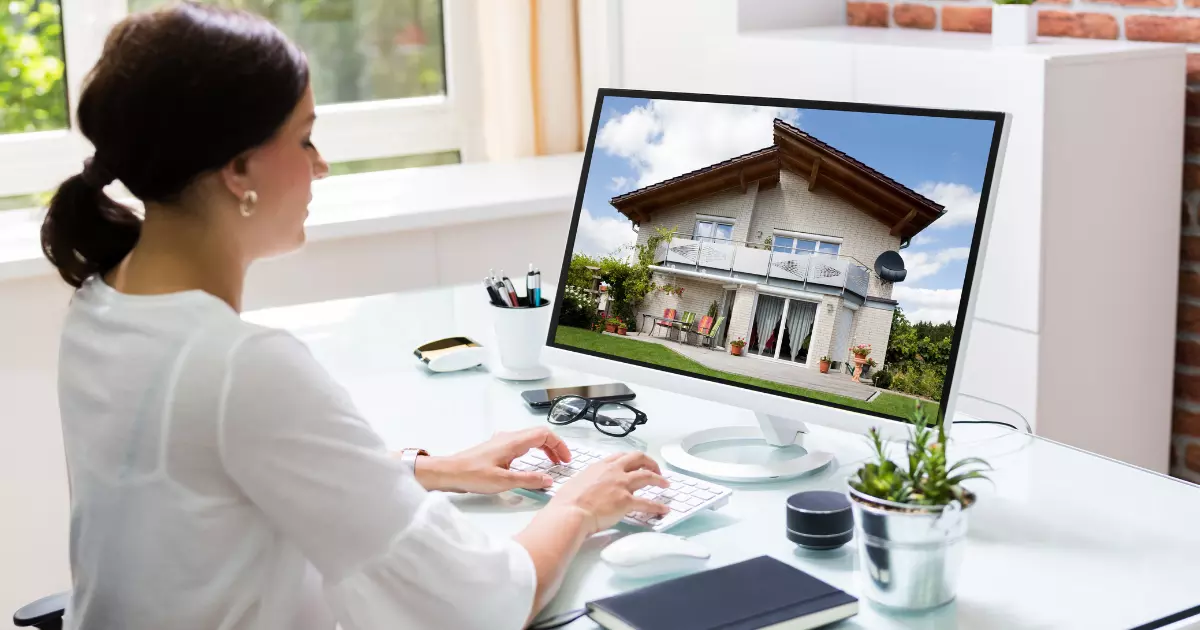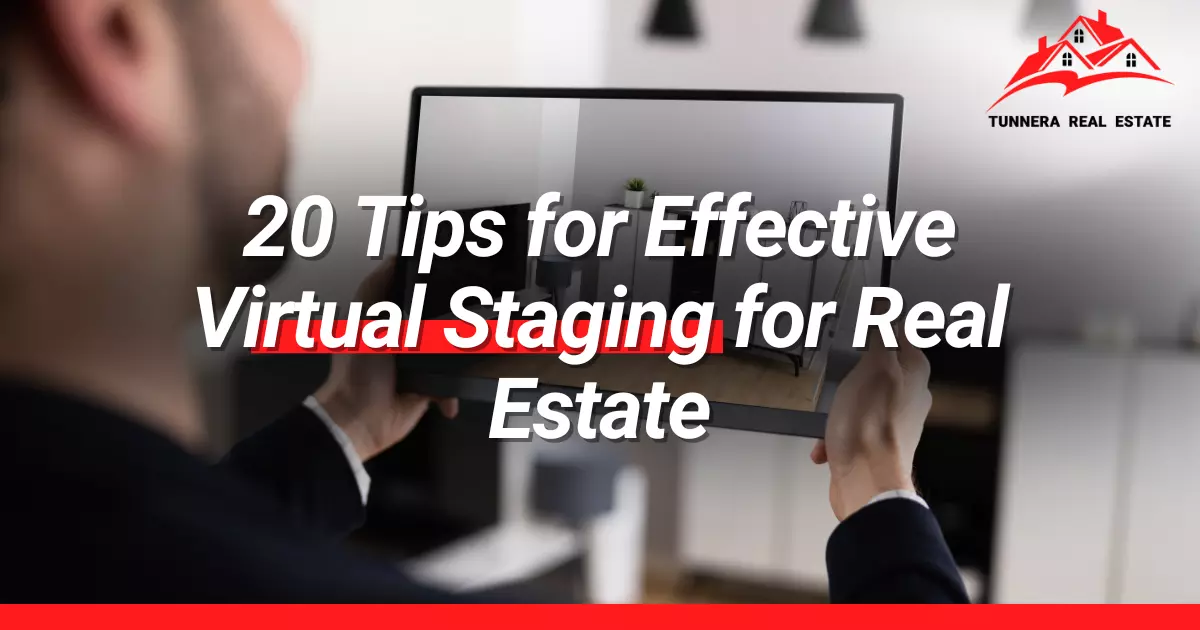Virtual staging has become a game-changer for real estate professionals looking to make properties stand out. In today’s competitive market, it offers a cost-effective way to present a polished and inviting space. This helps attract potential buyers with visually appealing real estate photos. Virtual staging saves time, reduces expenses, and offers flexibility that physical staging can’t match.
For real estate agents and sellers, virtual staging services allow for the creation of tailored floor plans and room designs. These designs speak directly to buyers’ desires. Whether enhancing a vacant home or adding modern touches to outdated spaces, virtual staging transforms properties quickly. With faster turnaround times and the ability to customize, it has become essential in the real estate market.
In this article, we’ll explore 20 practical tips to help you get the most out of virtual staging. From choosing the right tools to highlighting key features, these tips will help your listings capture buyer attention. Let’s dive in.
What is Virtual Staging for Real Estate and Why Does It Matter?

Virtual staging is a powerful tool that real estate agents use to showcase properties in the best light. Unlike traditional staging, which requires renting furniture and physically setting up a space, virtual staging creates stunning, digitally enhanced property photos. It’s quicker, more affordable, and highly customizable. This makes it perfect for empty homes or properties in need of a modern touch. With virtual staging software, agents can transform any room into a buyer’s dream, following the latest design trends and styles.
Read also: What Is Staging And Why Do I Need It?
Why does virtual staging matter? It’s simple: it attracts potential buyers. In a crowded real estate market, first impressions are everything. Prospective buyers often start their home search online. Eye-catching, digitally staged photos make a listing stand out immediately. Virtual staging allows agents to show off a property’s true potential. Empty or outdated spaces can be transformed into welcoming environments. These enhancements boost buyer interest and lead to faster sales.
Virtual staging companies and software give real estate agents the flexibility to stage properties on demand. With faster turnaround times, agents can quickly update property photos to keep listings fresh. Digital staging isn’t just about placing furniture in a room. It’s about highlighting a property’s best features to maximize its appeal to buyers.
What are The Effective Tips for Virtual Staging for Real Estate?

From choosing the right tools to optimizing room layouts, each decision in the virtual staging process can significantly impact how prospective buyers perceive a property. Whether you’re showcasing vacant properties or enhancing outdated spaces, these tips will help you transform your real estate listings into captivating visuals that drive faster sales.
Tip #1: Enhance the Appeal of Real Estate Listings Through Virtual Staging
Virtual staging allows you to turn empty or outdated spaces into beautifully designed rooms that resonate with buyers. By adding modern furniture, decor, and thoughtful design pieces, you create an inviting atmosphere that buyers can envision living in. This enhanced visual appeal can make your real estate listings stand out in a competitive market and lead to quicker, more lucrative sales.
Tip #2: Use Essential Tools for Successful Virtual Staging
Choosing the right virtual staging software and tools is crucial for a seamless staging process. Virtual staging solutions like Virtual Stager and real estate photo editing apps help you create high-quality, realistic images that attract buyers. These tools offer quick turnaround times, often within a few business days, ensuring that your listings stay fresh and relevant.
Tip #3: Choose the Right Style for Your Virtual Staging Projects
Matching the design style to the property’s architecture and target market is essential. Whether it’s a modern loft or a classic suburban home, selecting the right virtual renovation style helps buyers connect emotionally with the space. Following current design trends while considering the buyer’s preferences will ensure your staged images leave a lasting impression.
Tip #4: Optimize Room Layouts for Maximum Impact in Virtual Staging
Room layout plays a pivotal role in showcasing a property’s potential. By strategically placing furniture and creating open, functional spaces, you highlight the flow and usability of each room. An optimized layout not only enhances property images but also makes virtual tours more compelling for potential buyers.
Tip #5: Use Color Palettes Effectively in Virtual Staging
Choosing the right color palette can dramatically influence how buyers feel about a space. Neutral tones often work best, allowing the property to appeal to a broader audience while also making rooms feel larger and more inviting. Effective use of color in virtual staging sets the tone for the entire listing and helps convey warmth and comfort.
Tip #6: Use Lighting Best Practices for Stunning Virtual Staging
Lighting can make or break the appeal of your virtual staging photos. Use virtual staging apps to adjust lighting for a natural, bright look that enhances room features. Professional stagers recommend mimicking natural sunlight for the best results, ensuring the virtual space feels warm and inviting to potential buyers.
Tip #7: Highlight Key Property Features with Virtual Staging
Virtual staging isn’t just about adding furniture. It’s about strategically drawing attention to the best features of the property, like spacious windows or elegant flooring. Use image enhancement to ensure these features stand out in your virtual staging photos, creating a strong visual impact for buyers.
Tip #8: Adapt Virtual Staging for Different Property Types
Every property has unique characteristics, so your virtual staging should match its style. Whether it’s a modern condo or a suburban family home, adapting to popular design styles helps potential buyers visualize themselves in the space. Tailor your staging approach to suit the property type and the lifestyle it reflects.
Tip #9: Use Top Strategies for Virtual Staging Vacant Homes
Vacant homes often feel cold and impersonal, but virtual staging can change that. By using modern furnishings and decor items, you can transform a space into a welcoming, functional home. Focus on making the layout practical and visually appealing to increase the listing price and sales price.
Tip #10: Attract Buyers Across Markets with Virtual Staging Techniques
Different markets have different preferences. Virtual staging gives you the flexibility to cater to each one by adjusting design styles and decor to match buyer expectations. Professional designers suggest using versatile, contemporary designs that appeal to a wide range of potential home buyers, ensuring your listing captures attention across diverse markets.
Tip #11: Learn The Importance of Furniture Placement in Virtual Staging
Furniture placement plays a critical role in creating a balanced and inviting space. It helps guide the buyer’s eye, emphasizing flow and function within a room. Proper furniture arrangement can make a space appear larger and more comfortable, ensuring buyers can imagine themselves living there.
Tip #12: Maximize Small Spaces with Smart Virtual Staging
When staging small spaces, the key is to make them feel functional and open. Choose compact furniture that doesn’t overcrowd the room, and focus on simple, clean designs. Strategic use of mirrors and lighting can also make smaller areas appear more spacious and inviting.
Tip #13: Avoid Common Mistakes in Virtual Staging
Avoid using furniture that doesn’t match the property’s scale or style. Overloading a room with too many elements can make it feel cluttered and unrealistic. Stick to neutral colors and a minimalist design to appeal to a broad range of buyers.
Tip #14: Create Emotional Connections with Buyers Through Virtual Staging
Virtual staging should evoke a sense of comfort and belonging for buyers. Choose furniture and decor that align with the target market’s lifestyle and preferences. Emotional connections increase the likelihood of buyers visualizing themselves living in the home, making them more likely to make an offer.
Tip #15: Learn How Virtual Staging Influences Buyer Perception and Pricing
The way a home is staged impacts how buyers perceive its value. A well-staged home can look more expensive, giving the impression of higher quality and luxury. This perception can drive competitive offers, leading to higher sales prices.
Tip #16: Explore the Latest Trends in Virtual Staging
Keeping up with current design trends in virtual staging ensures your listings feel modern and fresh. Incorporate popular elements like minimalist designs, neutral color schemes, and eco-friendly decor. Staying updated on trends helps your listings resonate with today’s buyers.
Tip #17: Boost Online Engagement with Effective Virtual Staging
High-quality virtual staging enhances your online listings, driving more clicks and inquiries. Professionally staged photos capture attention and keep buyers engaged longer. This can lead to more showings and, ultimately, quicker sales.
Tip #18: Incorporate Virtual Staging into Your Real Estate Marketing Strategy
Make virtual staging a key part of your overall marketing approach. Use staged images across all platforms, from listing sites to social media, to maximize exposure. Integrating these visuals with targeted marketing campaigns will increase your chances of attracting serious buyers.
Tip #19: Learn The Impact of Virtual Staging on Real Estate Sales and Closing Times
Virtual staging has a direct effect on how quickly a property sells. Staged homes tend to generate more interest and sell faster than unstaged ones. By attracting more buyers early on, you can reduce the time a property spends on the market and accelerate the closing process.
Tip #20: Use Virtual Staging to Increase Property Value and Appeal
Virtual staging highlights the best features of a home, creating a polished and appealing presentation. It allows you to market the property’s potential, making it more attractive to buyers. Well-staged homes often receive higher offers, increasing their overall market value.
Wrapping Up
Virtual staging offers immense potential to transform real estate listings. It attracts more buyers and helps homes sell faster. By mastering techniques like furniture placement and staging small spaces, you can create emotional connections that lead to higher offers. Avoiding common mistakes and keeping up with design trends ensures your listings stay competitive. Boosting online engagement and integrating virtual staging into your marketing strategy is key to standing out in today’s market.
At Tunnera Real Estate, we offer more than just virtual staging. We specialize in managing single-family homes and up to 6-family/unit properties. Let us handle the details while you focus on closing deals. Take the next step today with us—the partner that turns your listings into opportunities! Contact us today at 508-414-0838.


